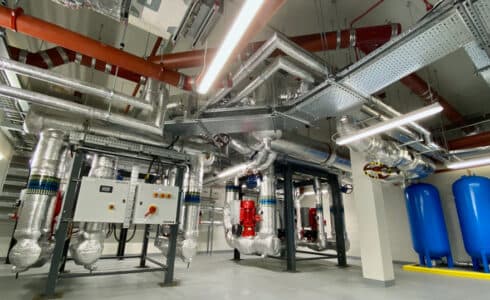As industries evolve, cleanrooms must keep pace. From AI and modular construction to sustainability and automation, the next generation of cleanrooms is here – smarter, faster, and more efficient than ever.
At Dalkia Cleanrooms, we’re not just designing future-ready environments, we’re delivering them responsibly, with innovation, environmental impact, and long-term value always front of mind.


